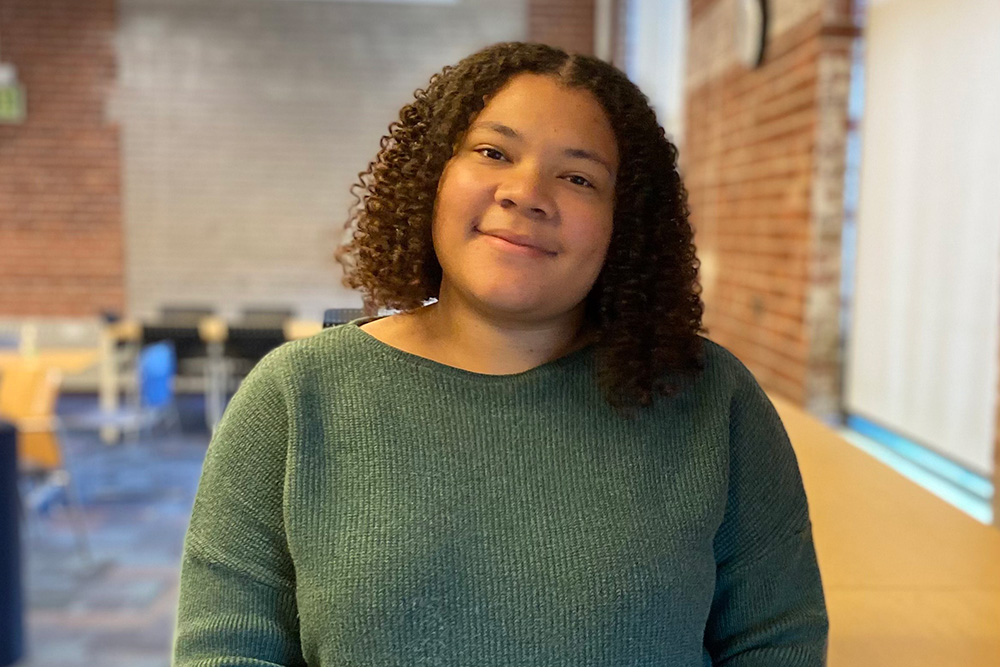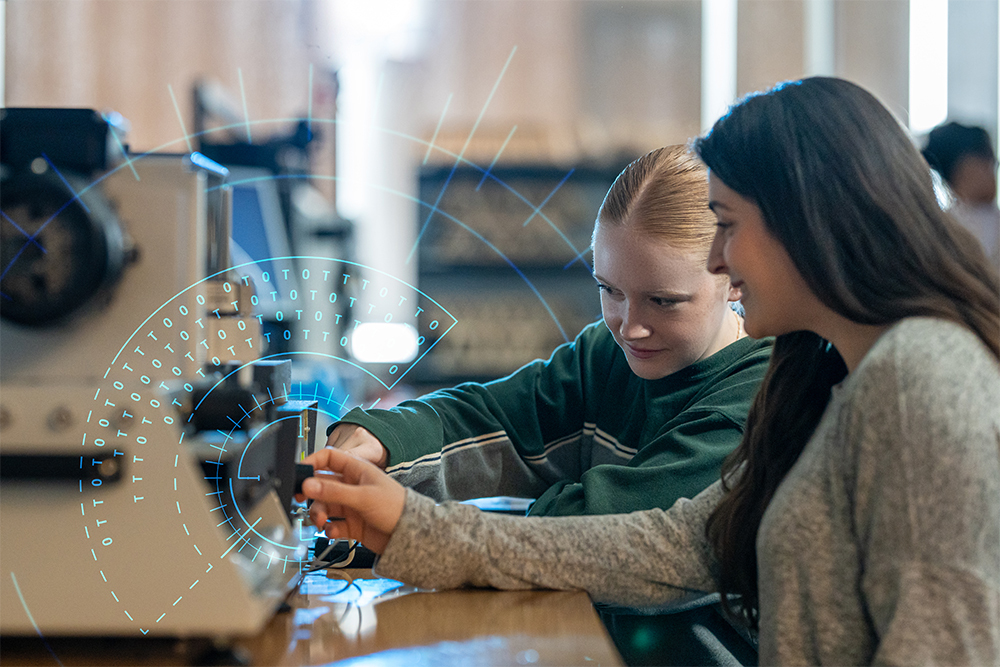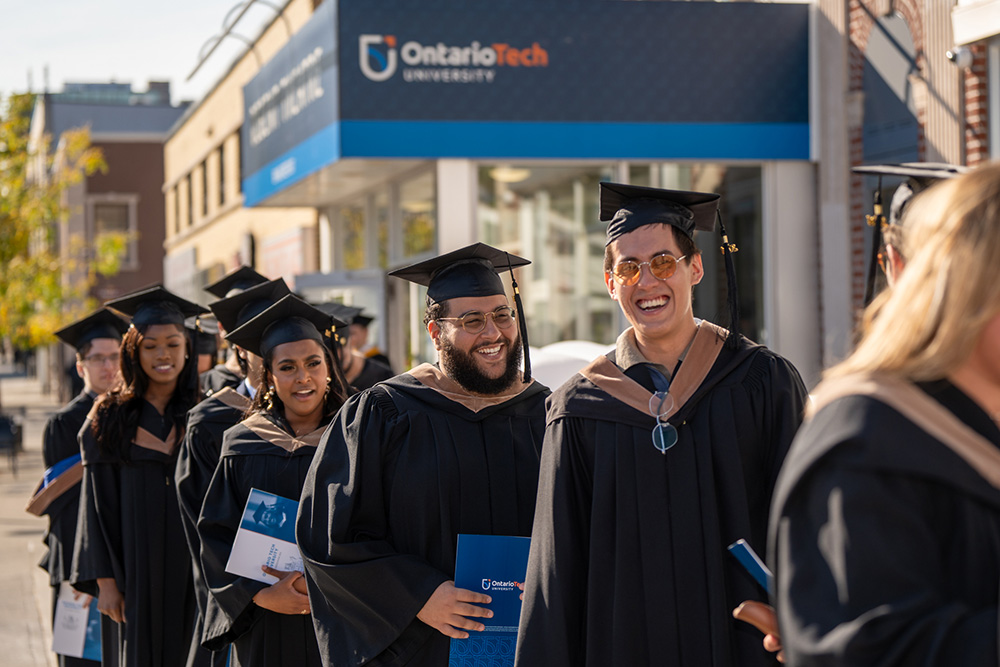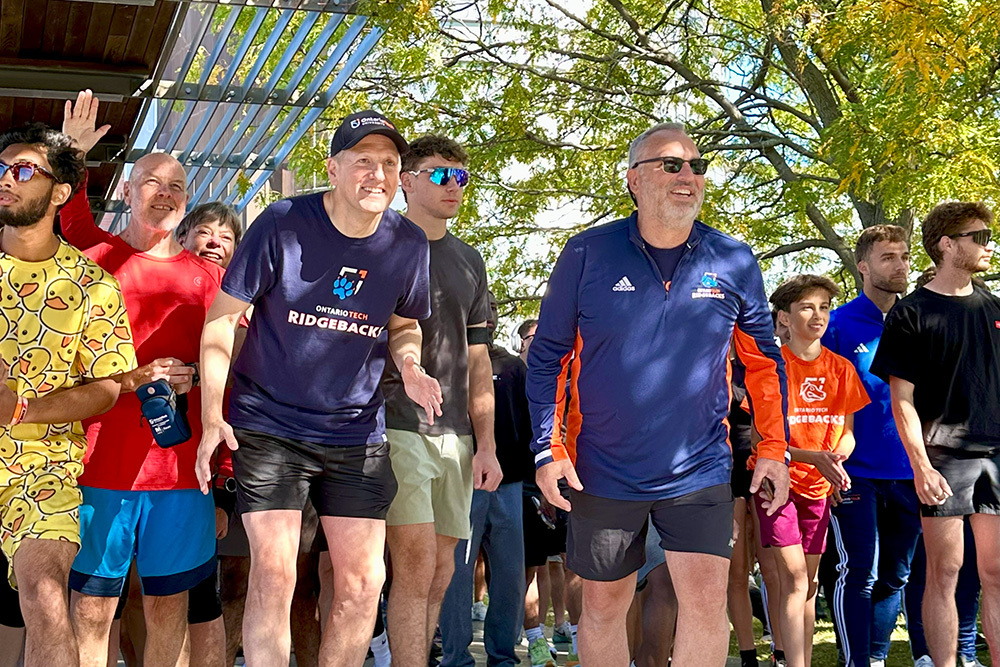Digital media researcher shares five tips to help prioritize study habits
February 11, 2016

What’s the best way for students to use technology when they’re studying? How can educators and parents help students keep up with new technological developments in a way that maximizes their academic experience?
Dr. Isabel Pedersen, Canada Research Chair in Digital Life, Media, and Culture and Director of the University of Ontario Institute of Technology’s Decimal Lab, weighed in on these and other questions in a recent blog post.
In Five Tech Tips to Prioritize Study Habits, Dr. Pedersen explains how learning devices can also be sources of distraction and disengagement. She offers the following tips to help students make the most of technology in their studies:
- Turn off to tune in: Educators and parents must help students prioritize technology use and teach them how to use devices responsibly and constructively.
- Use apps that help productivity rather than hinder it: Productivity apps can help students avoid procrastination and track their studying time.
- Set up a connected classroom: Educators can take advantage of apps and websites to help them organize their lessons and interact with students.
- Seek out tech-torials: Community gatherings or ‘makerspaces’ are a cost-effective way for educators to explore cutting-edge technology.
- Consider ‘intelligent tutor’ platforms: Adaptive learning technologies can help analyze a student’s study habits and workflow to identify problem areas and alter the curriculum accordingly.
Related links:
- Read more blog posts on realityshifting.tumblr.com.
- Visit the Decimal Lab website.



